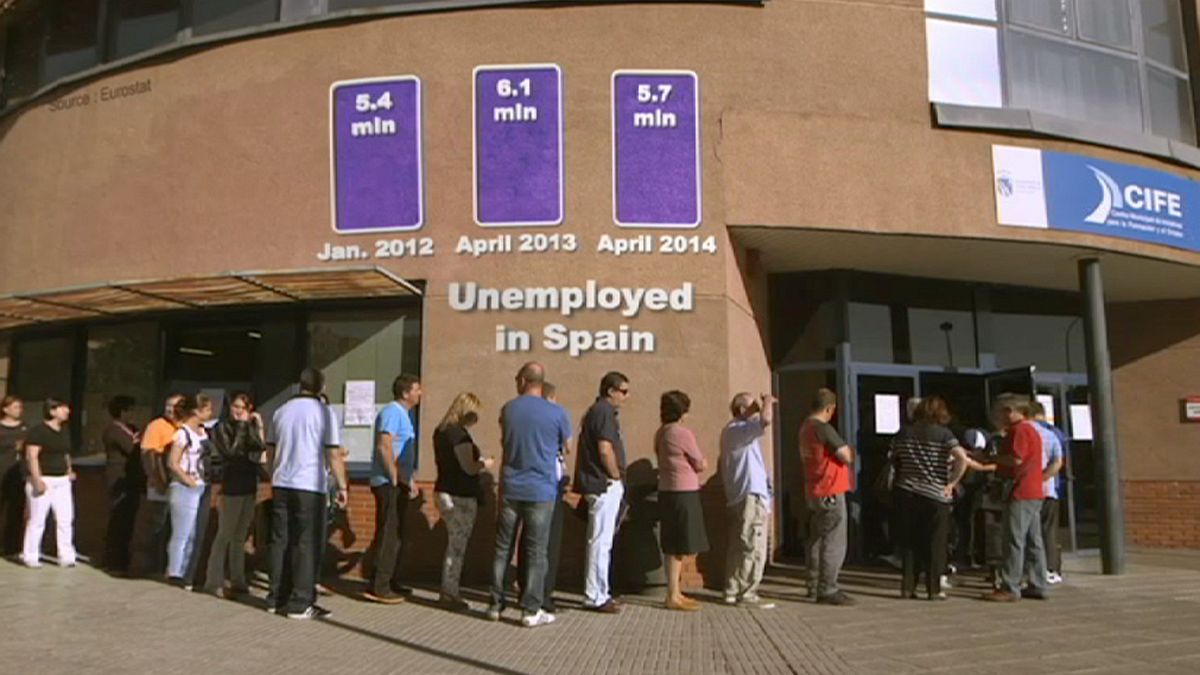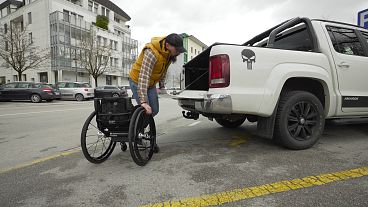Curing Europe of its economic ills has required some tough love and bitter medicine, some of which has come in the form of structural reforms.
In this edition of Real Economy Maithreyi Seetharaman and the team are in Spain and Portugal looking at these much talked about reforms. They try to find out whether patience and consistency are the virtues needed to see actual results.
In Portugal we analyze why structural reforms are not so simple to implement. We ask Gayle Allard of the IE business school about what’s involved in implementing these. We also look at the human impact of the labour market overhaul in Spain
So what are structural reforms? Let’s imagine a country struggling with the kinds of problems many crisis-hit nations have; not enough jobs, rising inflation and a government spending too much. .
To fix the problem the country had to fix its labour and product markets. This meant painful fiscal cuts, but also raising taxes and privatising companies.
It also meant making employment laws more flexible, deregulating markets and ending some benefits and subsidies.
All this took time. But by removing the rigidity of different rules there was more competition and investment in businesses which lead to more employment and growth. Reforms fix imbalances in an economy, but every country has to figure out which structural reforms work best for it
To find out how all this works in the real economies of Europe, take a look at the video.



